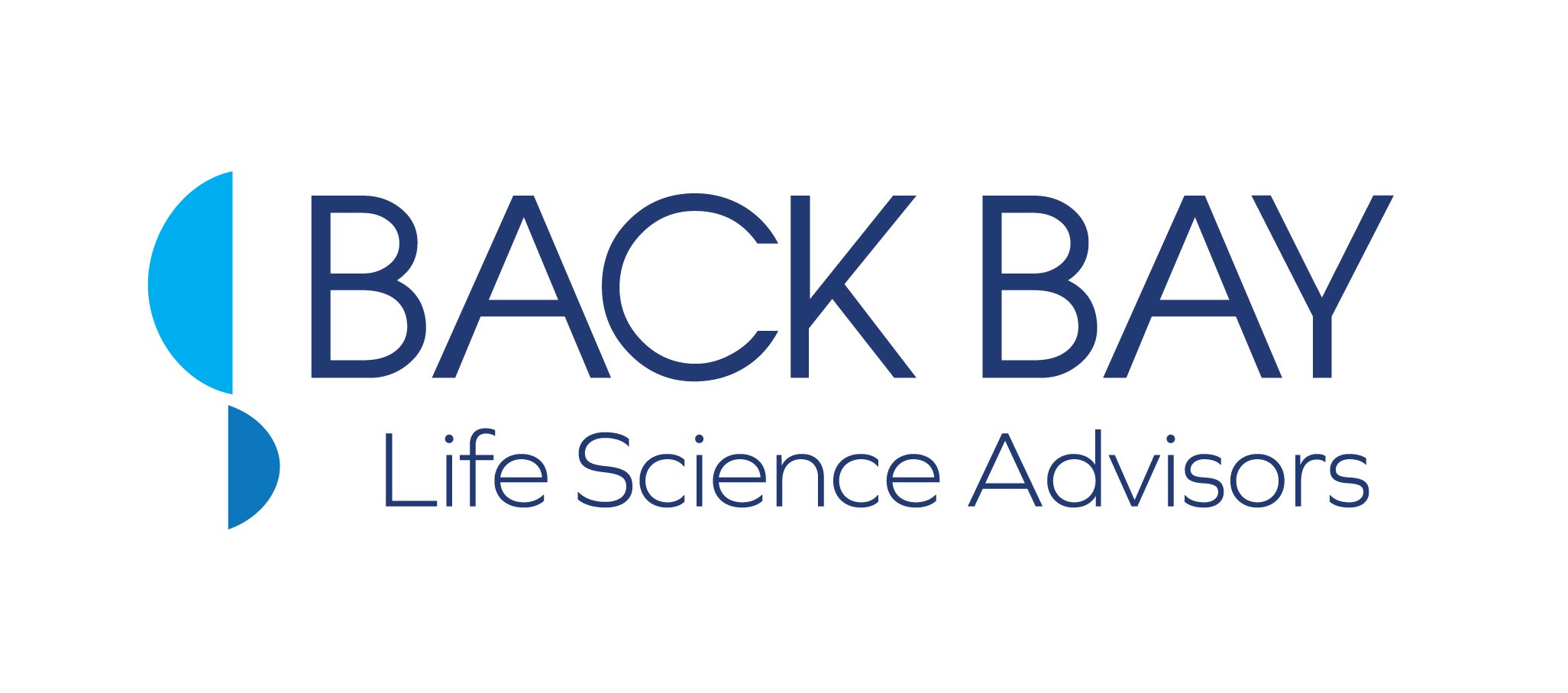With Biotech Public Valuations Down, Look to Alternative Strategies to Enhance Company Value
By Greg Benning, Rachel Thompson and Jonathan P. Gertler
Back Bay recently led a discussion on 2022 life science partnering with a peer group of leading Boston-area CEOs and executives. The group asked for insight on the decline in value of the public biotech market. Many of us are industry veterans and have seen market fluctuations before. We were happy to share an alternative view and thoughts on opportunities ahead. Our talk focused on the multiple strategies and tactics that serve corporate growth progress for biotech.
With the market down, historical and traditional strategies and a focus on proper deployment of capital will be essential for sustainable success along the typical biotech road.
To set the stage:
The S&P XBI Biotech ETF peaked exactly one year ago this week at $175/share. It has declined steadily by 50% over the past year, closing last week at just under $89/share.
Transactional and investment dynamics in life science and broader capital markets are going through a related phase shift. There was $86 billion of venture investment in the sector in 2021 (a 30% increase over 2020), and the question of what’s next in development-stage funding remain very much top of mind.
The COVID-19 pandemic drove record levels of investment capital to the life sciences, through a combination of nearly two years of near-zero interest rates, broader awareness of therapeutic and technology innovation and lock-down driven accelerations of trends in distributed workflow, connectivity, remote monitoring, A-I and diagnostics. We would hazard a guess that most life science professionals reading this had non-industry friends asking about early-stage IPO stocks and de-SPAC mergers given the previously torrential pace of these offerings.
*Deals involving more than one product/phase may be counted multiple times
Stepping back from the headline-grabbing capital market fluctuations we strongly consider the following: over time partnering/licensing transactions have historically resulted in the highest realized ROIs in the sector, and on a forward-looking basis are similarly expected to generate higher returns than either IPOs or M&A.
In the face of recent broad downturns in biotech share prices, our discussion focused on Back Bay’s perception of the drivers of bigger corporate development and investment market shifts.
In the past two years, an unprecedented amount of capital was raised by life science companies and committed to sector-specific funds. While there is still a huge amount of investable “dry powder,” recent policy shifts by central banks towards interest rate increases are shifting overall investment allocation between fixed income and equities and large and small cap stocks—dramatically cooling the IPO market.
Within life sciences, overall speculative and rate-fueled resets on valuations will re-focus the C-Suite and investor attention on partnerships, licensing and M&A. Capital allocation in these areas didn’t slow in 2020-2021, but they are now front and center.
Private investment, IPOs and M&A and have traditionally had a back-and-forth interplay. M&A headlines and deal premiums generate headlines and realized returns that attract investor interest to IPOs. When the IPO window is open, companies prefer to take public funding to pursue incremental value creation on their own, prior to selling to a larger company with lower cost of capital, or greater operating scale economies. Inevitably, once a number of bets have been placed by IPO investors, there is a period to see how those play out. In the current market, this is compounded by rising interest rates, which in Warren Buffett’s words, are like gravity for investments.
Back Bay Life Science Advisors expects M&A to increase, but primarily in the form of cash and structured deals, as buyers re-assess their own valuations.
The preparation for all strategic maneuvering, capital markets, licensing and partnering is the best antidote to declining short term value and the single most important attention to detail any company—whether small and stealthy or global—can undertake.
Tiering of assets to relegate some to partnering and some to primary development creates the long-term roadmap and needs to be tied early to financing strategy. Indication focus—whether emanating from a platform company that will be held to the task of creating an actionable therapeutic to a company that is comprised of an amalgam of repurposed drugs—is necessary to ensure that the asset development matches available resources and that the endpoints achieved lead to the next stage of both development and financial value inflection.
Finally, although investors have their portfolio approaches and priorities, companies must engage in these strategic exercises early and deeply to ensure that their singular company portfolio management is met.
Distilling all of this, the real challenge in 2022 for partnerships, licensing and M&A deal-making will be properly positioning deals in a more crowded, 2020-2021 funded ecosystem, integrating the COVID-driven data/diagnostic/connectivity paradigm shifts.
Getting a counterparty’s full focus will be challenging, both sides need to be fully transaction-ready, and clever deal structure ideas that can incorporate a variety of financial tools to protect downside and upside for both existing (target) and new (acquisitive) companies and investors will be required to manage past-present-future valuation dynamics.
Do you have a question or a topic you’d like Back Bay Life Science Advisors to cover? Please submit it here and we will consider it for a future episode of our podcast, The Life Science Report.

